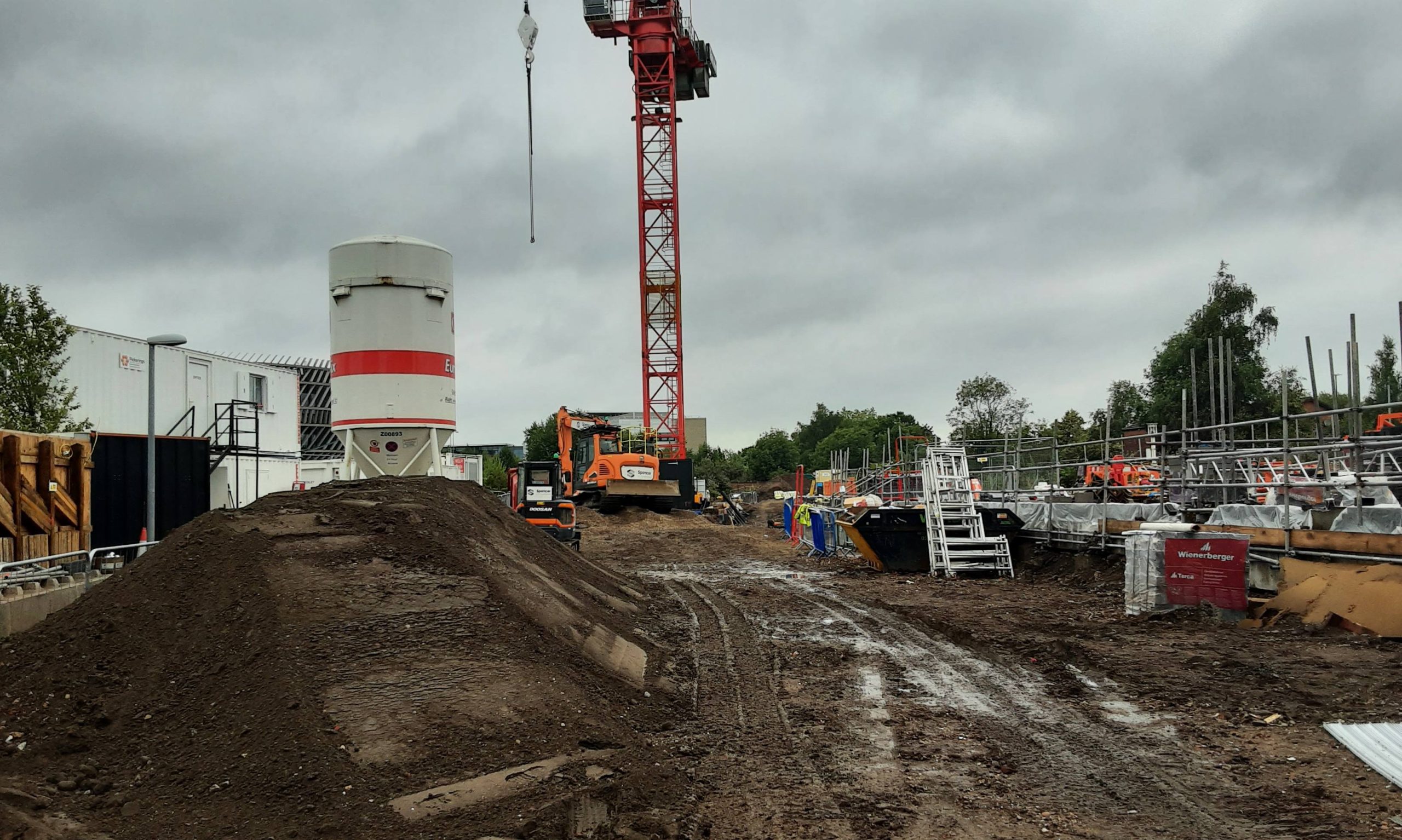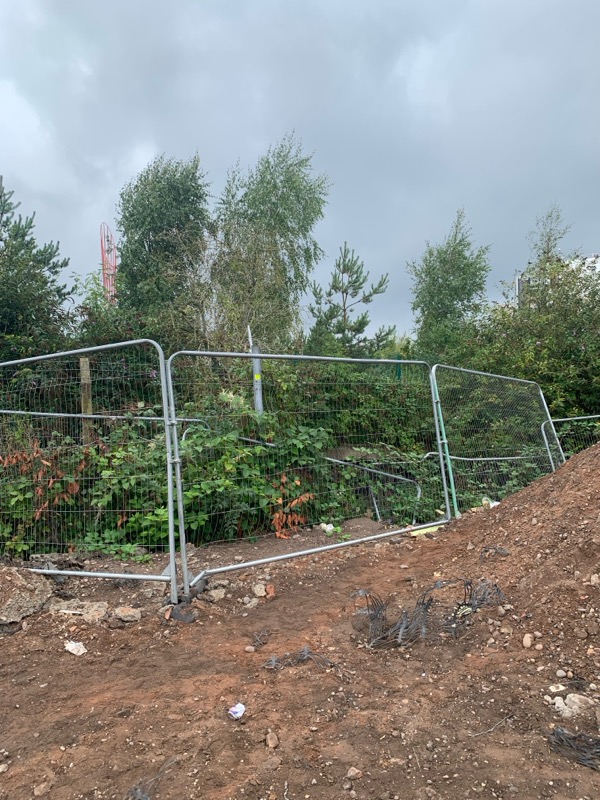PROJECT EXAMPLE: Enabling commercial development
A commercial reduced level dig and cap contract to remove Japanese knotweed growing adjacent to a rail network and river.
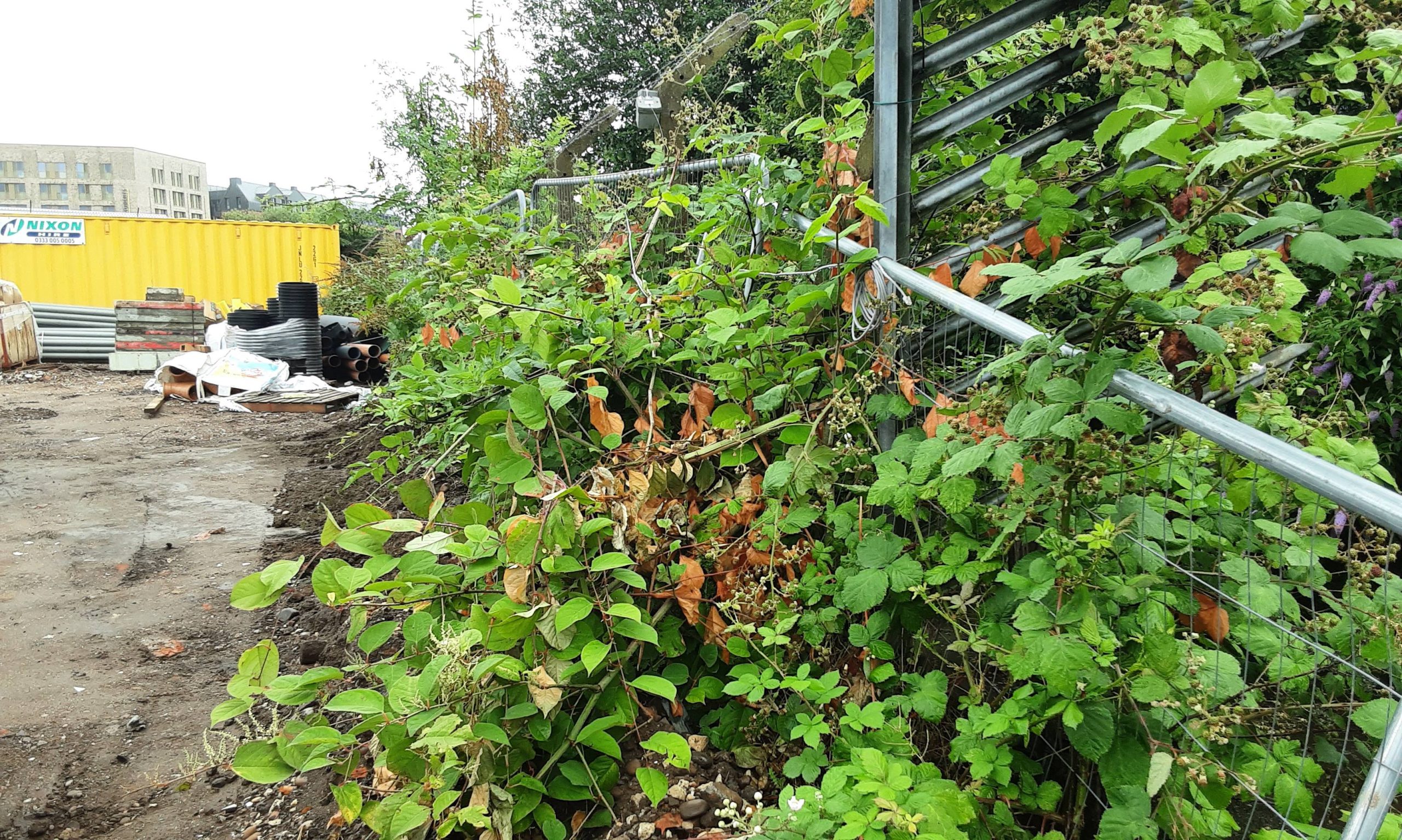
THE SITE
A survey identified Japanese knotweed within an area of proposed landscaping on this site. We proposed excavation to a reduced level and the remaining knotweed contaminated ground capped with a specialist horizontal root barrier. There were several key considerations with this site.
KEY CONSIDERATIONS
WORKING NEAR RAILWAY LAND
Excavations near railway land required necessary checks and agreements with Network Rail to gain approval for excavations to the boundary with their land.
BIO-SECURITY RISK SITE
The knotweed areas had been heavily disturbed during recent works (and historically around 2021 when the total site was levelled and graded) meaning the knotweed had been translocated around the site.
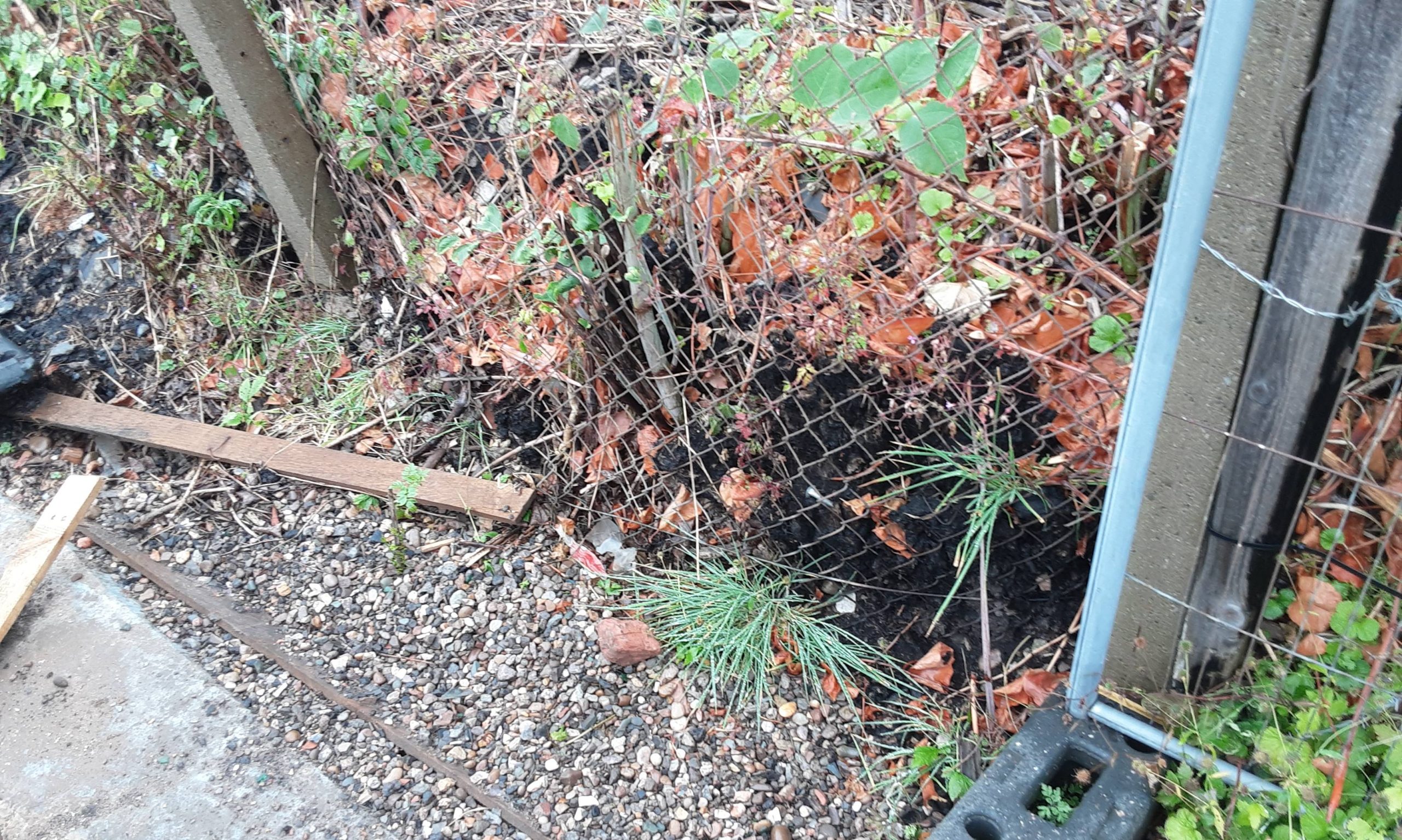
WORKING WITH DISTURBED GROUND
This site possessed made ground, which could result in significantly greater lateral or vertical spread of underground plant propagules (such as knotweed rhizome) than found in virgin/normal ground conditions. Plants spread furthest where the ground provides least resistance.
CONTRACT DELIVERY
We carried out reduced level excavation of the knotweed areas according to the client’s formation depths, with all waste transferred across site via a dumper and loaded directly into a RoRo skip for removed to landfill.
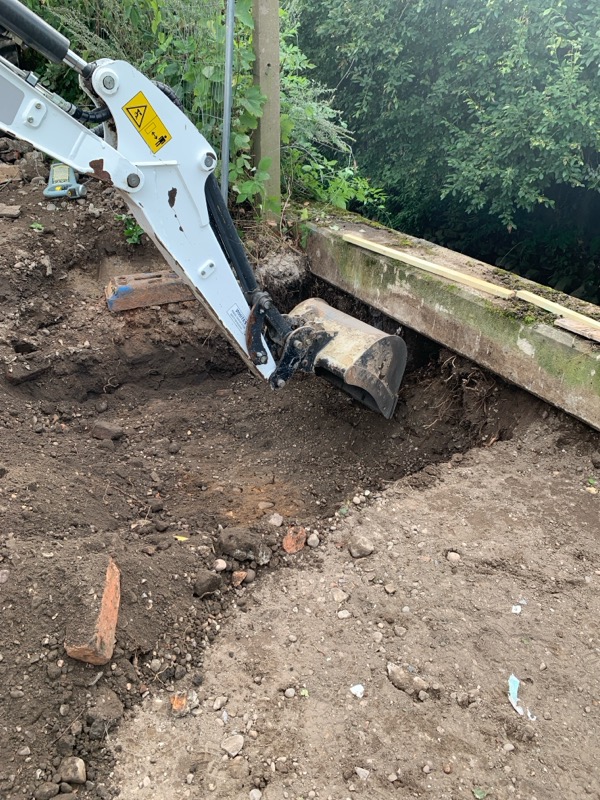

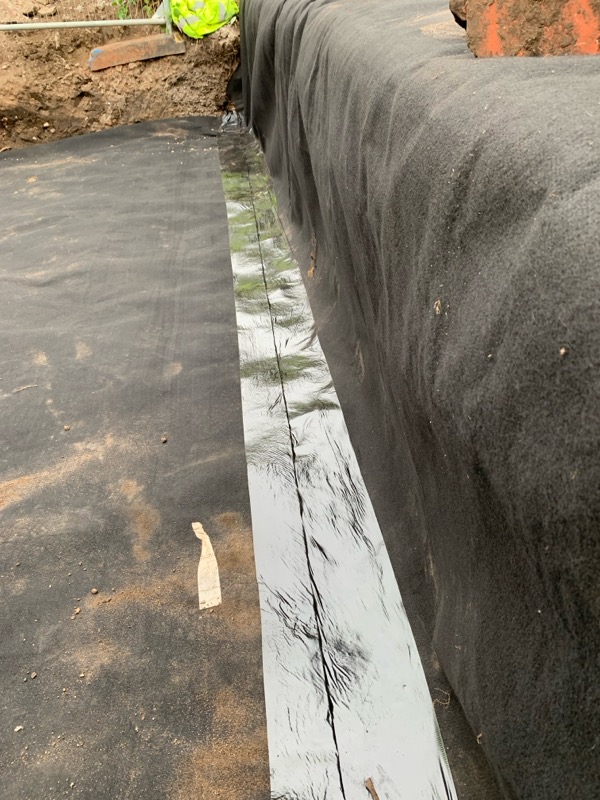
A specialist root barrier was laid horizontally and then returned vertically to the boundary. The void was partially backfilled to secure the barrier.
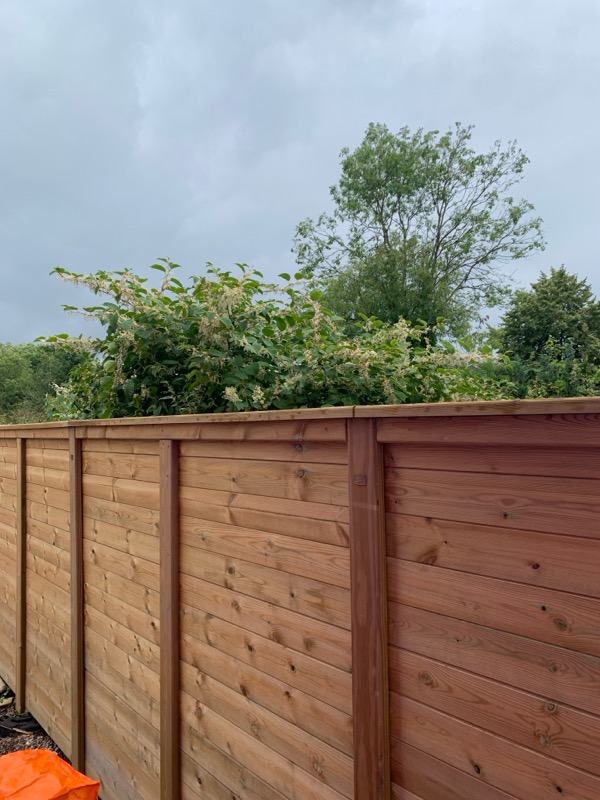
The main developer did not want the root barrier to be fixed to the site boundaries (the TFL fence) so instead the barrier was laid against it. The client’s final hard landscaping to the area would sufficiently hold the barrier against the boundary.
THE OUTCOME
With the root barrier installed, all waste was taken to a licensed landfill site. We factored into the contract twice yearly monitoring of the whole site for any occurrences of Japanese knotweed.


